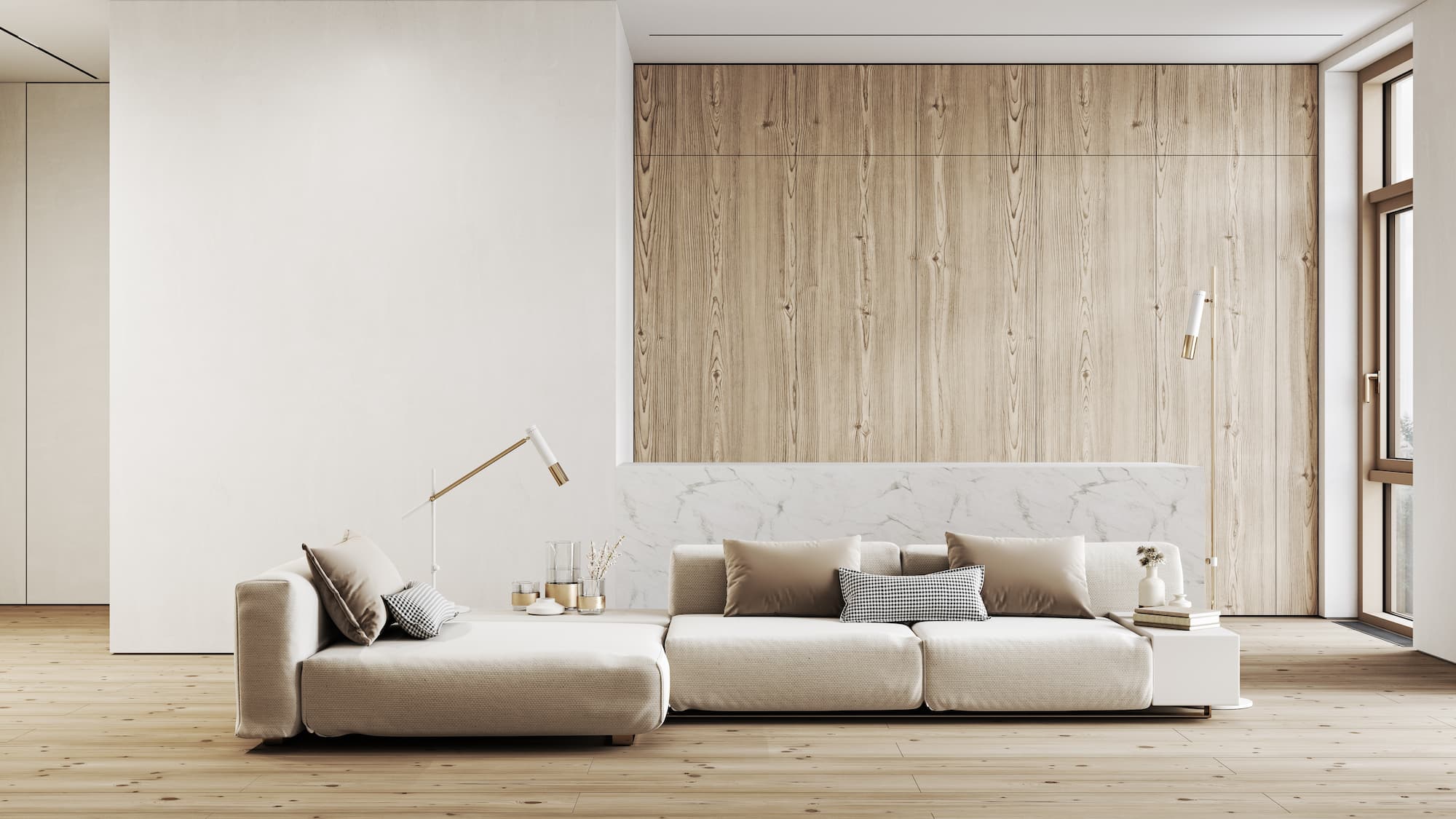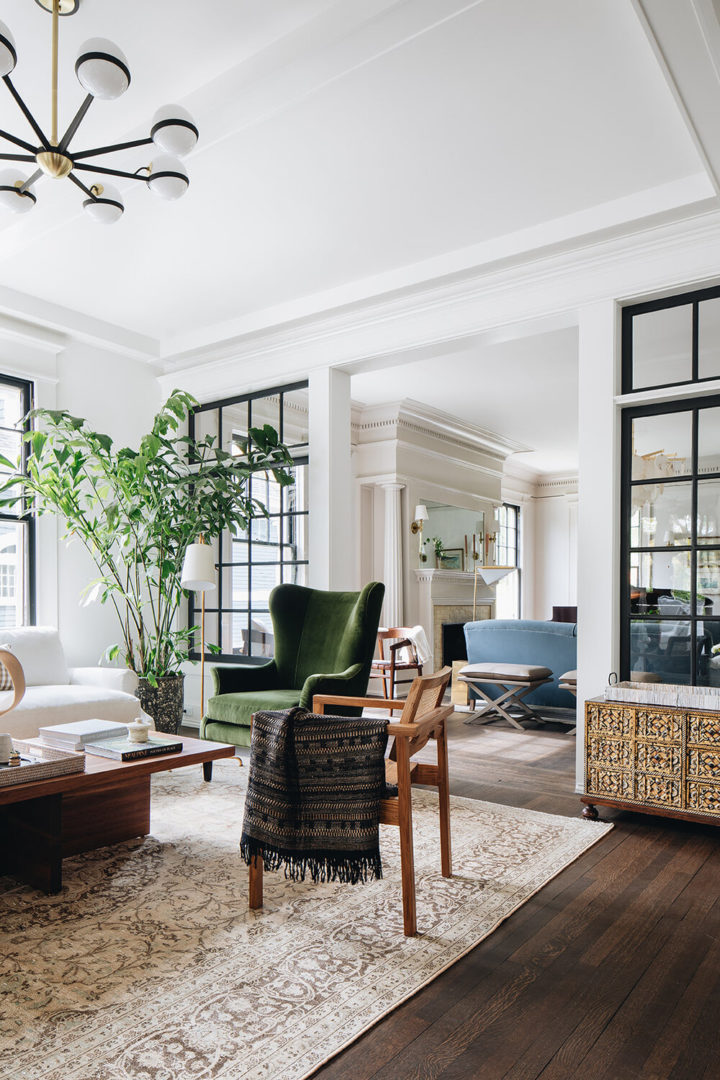Explore expert miami interior design for high-end home and office interiors.
Explore expert miami interior design for high-end home and office interiors.
Blog Article
Transform Your Home With Essential Principles of Inside Design and Visual Appeals
The art of changing your home through the essential principles of interior decoration and visual appeal needs a thoughtful strategy that harmonizes color, equilibrium, and spatial awareness. By recognizing the influence of color concept and the value of texture and patterns, one can create rooms that are not only visually appealing yet likewise deeply individual. Accomplishing this stability entails greater than mere design; it encompasses a calculated plan and an eager understanding of exactly how each component engages within a space. As we discover these foundational concepts, consider just how they might redefine your understanding of home and personal expression.
Recognizing Color Theory
Recognizing the principles of shade theory allows designers to develop spaces that reverberate emotionally with passengers while meeting practical needs. Each group plays a critical duty in developing harmony within a space.
The mental impact of colors is profound; warm colors such as reds and oranges stimulate power and heat, while cool tones like blues and environment-friendlies promote peace and harmony. Moreover, making use of complementary colors enhances aesthetic rate of interest, producing striking contrasts that can boost an area's charm.
Neutral shades, on the other hand, offer as a flexible backdrop, enabling other style elements to shine. It is vital to think about aspects such as lighting and the room's objective when picking a color combination, as these can modify the assumption of colors throughout the day.
Ultimately, a well-considered color system can change a space, fostering a feeling of comfort and style that lines up with the citizens' choices. Mastery of color theory is, as a result, a vital ability for any interior developer intending to create unified and inviting environments.
Achieving Equilibrium in Layout
Exactly how can developers accomplish a sense of balance in their areas? Attaining equilibrium in style is essential to developing harmonious interiors. Designers can make use of three key sorts of balance: in proportion, unbalanced, and radial. Balanced balance includes arranging elements uniformly around a main factor, cultivating a sense of order and serenity. This kind typically includes sets of furniture or artwork, boosting aesthetic security.
Unbalanced balance, on the other hand, depends on varying elements that still accomplish a cohesive appearance. This technique enables more dynamic and informal arrangements, supplying interest while keeping equilibrium. By meticulously selecting differing sizes, colors, and appearances, designers can produce a visually engaging room that really feels well balanced yet energised.
Radial equilibrium stresses a central centerpiece with components emitting exterior. This design is frequently seen in round designs, where furnishings and design develop a cohesive surround that draws the eye inward.
Eventually, accomplishing equilibrium requires thoughtful consideration of range, percentage, and the partnerships between components. Architecture Firm. By skillfully applying these equilibrium principles, designers can transform areas into settings that really feel both visually pleasing and functionally harmonious, enhancing the overall experience for occupants
Significance of Spatial Recognition

An eager feeling of spatial understanding enables designers to determine prime focus within an area, leading the visitor's focus to crucial functions while keeping a general feeling of unity. It likewise aids in the calculated placement of lighting, which can significantly influence the assumption of area and mood. In addition, understanding spatial connections enables the designer to cater to the certain demands of citizens, ensuring that each area serves its designated purpose without jeopardizing visual appeals.
Inevitably, spatial understanding is important for maximizing the capacity of any kind of indoor room. By very carefully taking into consideration the interaction in between dimensions, layout, and feature, designers can create atmospheres that not only meet useful demands but likewise stimulate a sense of comfort and elegance, enhancing the total living experience.
Integrating Texture and Patterns
Embracing a varied variety of textures and patterns can significantly enhance the visual and responsive appeal of an indoor space. The calculated use of various materials-- such as wood, metal, fabric, and rock-- develops deepness and rate of interest, making a space really feel much more welcoming and dynamic. Combining smooth surfaces with rough websites textures can establish a balance that attracts the eye and involves the senses.
When incorporating patterns, consider both scale and rep. Huge patterns can work as centerpieces, while smaller sized, subtle styles can match various other aspects without frustrating the area. Layering patterns, such as pairing flower paddings with candy striped throws, includes complexity and a sense of harmony if implemented thoughtfully.
It is likewise vital to maintain a natural shade scheme, ensuring that appearances and patterns other interact instead of contend for interest. By selecting a couple of crucial textures and patterns, you can create a merged visual that mirrors your personal style while boosting the total atmosphere of the room. Eventually, the careful incorporation of these elements can change an ordinary area right into an advanced setting rich with character and heat.
Customizing Your Room
Creating a space that reflects your character is essential to achieving a really welcoming atmosphere. Personalization in interior decoration enables you to instill your special design and passions into your home, changing it from a plain sanctuary right into a refuge that talks to that you are. Begin by selecting a color combination that reverberates with your feelings-- strong tones can stimulate, while soft tones provide harmony.
Integrate art work and decor that show your interests, whether it be traveling, nature, or abstract concepts. Showing personal collections, such as books, photographs, or keepsakes, can evoke valued memories and develop prime focus within an area. Furthermore, consider customizing useful pieces, like Architecture Firm upholstered furnishings, to line up with your visual preferences.

Final Thought
In conclusion, the change of a home through the essential concepts of interior decoration and appearance demands a detailed understanding of color concept, balance, spatial recognition, appearance, and customization. Each element contributes substantially to producing an unified and practical living setting - Architecture Firm. By thoughtfully incorporating these concepts, individuals can enhance the aesthetic charm and emotional resonance of their areas, ultimately promoting a home that mirrors special identities while supplying convenience and functionality
Report this page